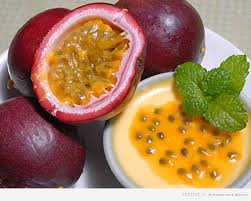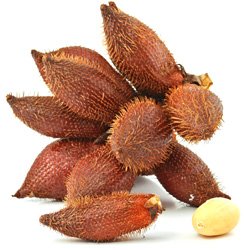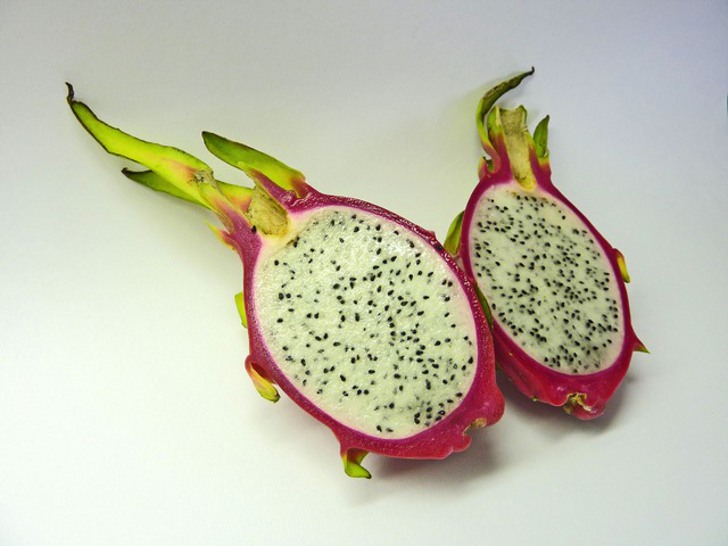Many pesticides: beware of the “dirty dozen”
Critics like to argue: “Organic vegetables and fruit do not have more vitamins and nutrients than conventional products and are therefore not healthier.” And even if organic contains fewer traces of pesticides – for conventional products there is still a legal one Limit.
In fact, many pesticides are still insufficiently researched, especially in combination with each other. Despite only a few studies on pesticides, not only are the maximum values controversial, they are also often exceeded – as studies by the Federal Office for Consumer Protection and Food Safety (BVL), among others, show again and again. We explain which foods are particularly affected – you’d rather buy our “Dirty Dozen” organic.
1st place in the dirty dozen: fresh herbs

Strictly speaking, herbs are neither fruits nor vegetables. But the latest figures from the BVL from 2020 clearly show that you have to be careful when shopping here. Residues of several pesticides were found on almost two thirds of the 120 samples examined – up to fourteen different types on a single sample!
More than 12 percent even contained more residues than permitted by law. Pennywort from Sri Lanka was particularly often the subject of complaints, but coriander and parsley were also affected.
Pomegranates: Every 10th above maximum level

Pomegranates exceed the pesticide limit value more often than any other fruit, according to the latest study by the BVL from 2022: almost 11 percent of the 118 samples analyzed in 2020 were above the maximum residue level.
In addition, exotic fruits often have to be imported over long distances. Therefore, buy them rarely and only in organic quality. Or rather grab regional fruit in the supermarket. You can read when something is in season in the Utopia season calendar.
Extremely loaded frozen blackberries

Blackberries are only in season from July to September. The rest of the time we either use imported goods – or frozen blackberries. But both have disadvantages:
Imported berries can have a lousy carbon footprint, depending on the route and vehicle used. And you have to be particularly careful with frozen blackberries: According to the BVL, 3 out of 4 are contaminated with multiple pesticides. Up to 11 different pesticide residues were found on individual samples, 9 percent even exceeded the legal maximum. It is better to plant blackberries yourself and then freeze them – preferably without plastic.
Pesticides on Vegetables: Beans

Legumes are actually healthy. Unfortunately, the vegetables often contain more pesticides than permitted. In the case of beans (with pods), 6 percent of the samples tested by the BVL were above the legal limit. For dried beans it was over 4 percent.
Homegrown beans are guaranteed pesticide-free. They grow in semi-shade, either in beds or on the balcony.
5th place in the Dirty Dozen: peppers and chillies
According to the BVL, more than 4 percent of the paprika and chilli samples examined contained higher pesticide residues than permitted. More than half was also repeatedly contaminated – with up to 32. Different pesticides.
It is therefore better to buy paprika in organic quality: Organic farmers are not allowed to use synthetic pesticides. Here you can find out what the EU organic seal is all about.
Grapefruit, pomelos, sweeties
Grapefruits are a critical case: the BVL examined them together with grapefruits and sweeties. In the tests, more than 3 percent of the samples were above the legally regulated maximum value for pesticides. In addition, 66 percent of the brands examined contained several chemicals at the same time. In 2019, the values were even higher. If you use organic grapefruit instead, you are on the safer side.
Many do not know how to store grapefruit properly and have to throw the fruit away after a few days. That won’t happen to you with our tricks: store food properly.
Black and green tea
Pesticides are not only sprayed on fruit and vegetables. Tea from conventional cultivation is also often affected – according to the BVL study, around 3 percent of the more than 300 samples were above the permitted pesticide content.
So do yourself and your body a favor and grab certified varieties with an organic seal – and preferably a fair trade product. Because there are practically no living wages in the tea industry, trade unions and works councils are hindered and even prevented in many places. More information: The bitter truth about tea.
Pesticides on vegetables: lamb’s lettuce by the dirty dozen
If you have your own vegetable garden, you can easily plant lettuce yourself. Otherwise, it’s best to use organic lettuce, because vegetables like lamb’s lettuce often contain a colorful mix of pesticides.
Almost half (46 percent) of the varieties examined by the BVL contained traces of various pesticides. Lamb’s lettuce samples were even several times above the permitted maximum level.
Tip: Even without a garden, you can grow lettuce for the balcony.
Exotic Fruit: Oranges by the Dirty Dozen
Anyone who buys oranges is probably buying a cocktail of pesticides, because more than 70 percent of the almost 300 samples examined showed several pesticides at the same time – up to 16 different ones were found on the fruit. Some also contained more residues than allowed.
It is therefore better to buy oranges (and orange juice) organic – and with a Fairtrade seal. This stipulates, among other things, that harvest workers receive at least the minimum wage and excludes many particularly dangerous pesticides.
Pesticides on vegetables: zucchini
Organic is also the better choice for zucchini. This is also shown by figures from the Chemical and Veterinary Investigation Office (CUVA) in Stuttgart. More than half of the conventional zucchini examined in 2021 was repeatedly contaminated with pesticides. Just as with the investigation by the BVL, some samples had to be rejected.
In 2019, the CVUA Stuttgart proved that organically produced fruit and vegetables are actually much less polluted. But organic is also recommended for meat, milk and eggs.
Cherries: Pesticide mix to almost 90 percent
No other fruit was so often contaminated with several pesticides: around 89 percent of the cherries examined by the BVL contained up to 15 different pesticide residues. Some of the samples contained more residues of certain pesticides than permitted by law. The effect that such a pesticide mix can have on our body has not yet been sufficiently researched.
Since cherries are native to Germany, you can use local products in season. Or plant your own cherry tree in the garden. You can can your harvest and make it durable.
#12 in the Dirty Dozen: Kiwis
Before kiwis end up in our supermarket, they often travel long distances. The fruits are mostly imported from Italy, but many also come from New Zealand.
For the sake of the environment, you can pay attention to the country of origin when shopping. An organic seal for the sake of your health, because: The BVL has also repeatedly complained about kiwis because they contained more pesticide residues than permitted. That’s why you should never eat conventional kiwis with the skin on – even though it’s actually edible.
Especially popular: be careful with strawberries

In the 13th place, another tip: you can’t snack on conventional strawberries without worrying. Too many fruits are hanging from the overgrown plants and they are too close to the ground. Only with a lot of chemicals can the berries survive against pests. Therefore, the BVL found residues of various pesticides in almost 80 percent of the 529 samples. So be especially careful with strawberries – and when in doubt, go for organic.
Another problem: Even if you bought the fruit locally – if possible without plant toxins – they usually don’t last very long.







